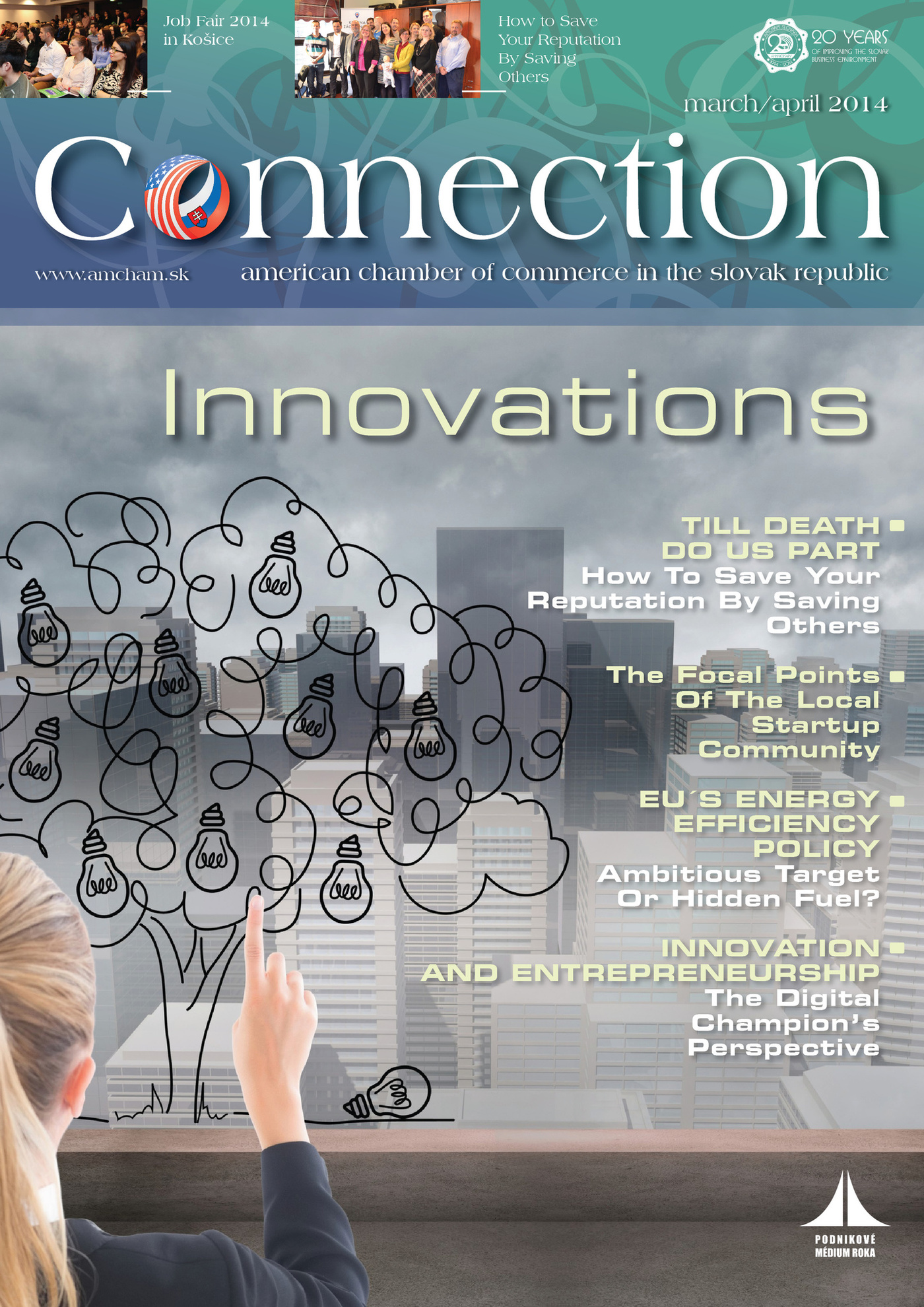The history of the World Wide Web is not a long one. In fact, there was no such thing as a graphically viewable Internet that was accessible to the masses until 1993, when the first browsers were introduced to the public. At first, the new tools only found fans among university science departments and physics laboratories, but its popularity quickly grew.
Nowadays, websites are a normal part of our everyday lives, necessary for marketing and information purposes, in almost all areas of commerce and industry. While no company questions the necessity of websites, they can question the technology that is used to build and design a website. Due to the dynamic nature of current Internet applications, technology which enables easy content management and extended control over all aspects of a website are very welcome. This is where Content Management Systems (CMS) come in. They come in all shapes and sizes, using various underlying technologies, licenses and scopes. However, in the last few years, one CMS in particular has managed to succeed in an unprecedented manner. The name of this CMS is WordPress.
WordPress started as a simple blogging platform back in 2003, developed by a couple of programers and blogging enthusiasts who were not content with existing solutions. Slowly it gained more features, and at the end of 2010, it was considered to be a fully-fledged CMS with an estimated market share of 8.5% and more than 20 million downloads.
Downloads? Yes, WordPress is and always has been a free software, licensed under the GNU general public license, which makes it open source software, usable and moldable by everyone. As a result of this the WordPress community is one of the biggest and most dynamic open-source communities, and so the development of WordPress is very rapid and flexible. Members of the community can also contribute to it by developing new plugins and themes, which only serve to increase its versatility and usability. Similarly, all bugs or flaws in the core of the CMS are being corrected periodically, and thanks to the expansive community forums, solutions to almost any technical problem can be found quickly and easily by doing a simple search. To expand the community involvement even more, many WordPress conferences or “WordCamps” are organized on an annual basis, and the success of these depends solely on the community organizer’s efforts.
But what exactly sets WordPress apart from other CMS solutions? The answer is the ease of its plugability and its ability to be expanded, as well as offering the best user experience. WordPress uses various original or third-party “plugins”, developed under the rigorous conditions of WordPress Codex, which can further enhance the system’s functionality, e.g., through simply adding an e-commerce option, social network integration or even large-scale database or catalog solutions for enterprise users. Though these plugins are not trivial, as they are developed by specialist programers and so are very technically intricate, they are very simple to handle for the user or website administrator, who can simply install and configure the plugin with only a few clicks. Many of these plugins are free to use, and many more can be purchased for a small one-off licensing fee.
Similar to plugins, WordPress “themes” also alter the default state of websites, this time focusing on the aesthetics of the site. By simply activating the theme, the entire presentation of a website is changed, while it retains all of its underlying content and functionality. For a company website, this is especially valuable when rebranding. Similarly to plugins, there are many free or premium WordPress themes, but it is also not uncommon for a company to have a theme custom developed for their specific branding or visual needs.
The mechanisms described above enable WordPress to be as simple or as complex as needed, without ramping up costs, which is often the case with custom websites which are not based on WordPress, and that have to be built up from scratch when the need for change arises.
After referring to all of these features, it could be surmised that WordPress administration and custom management are quite complex. However, when asked what is the single best feature of WordPress, users who voiced their opinion in a survey agreed on a single word: simplicity. Based on this result it can be argued that WordPress is one of the most easily manageable CMS solutions, even for users without any prior experience in content management.
It is therefore understandable that every fifth website in the world today is built on WordPress, as many webhosting companies include simple one-click installations for WordPress, and user demand for WordPress developers is at an all-time high. The simplicity of WordPress also makes many small business owners wonder if they really need a dedicated IT budget, when they can create, configure and manage a website on their own.
Apart from all of this, the most significant milestone is the fact that even some of the great multinational corporations have started to use WordPress as a part of their network, usually as their enterprise blogging platform of choice. These companies include CNN, the New York Times, eBay, Yahoo, and People Magazine, among many others.
If you would like to know more about WordPress, you too can share in the wealth of information on https://wordpress.org/, or better yet, attend a WordCamp near you.
Lukáš Čerman, Project Manager, Webikon



Follow us